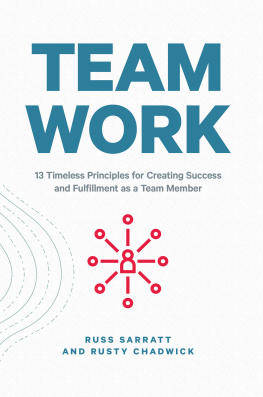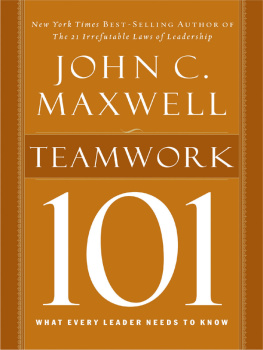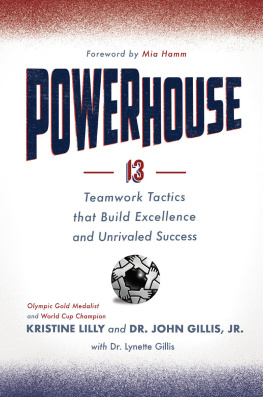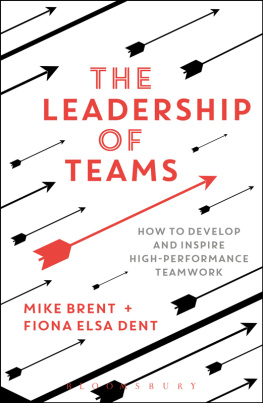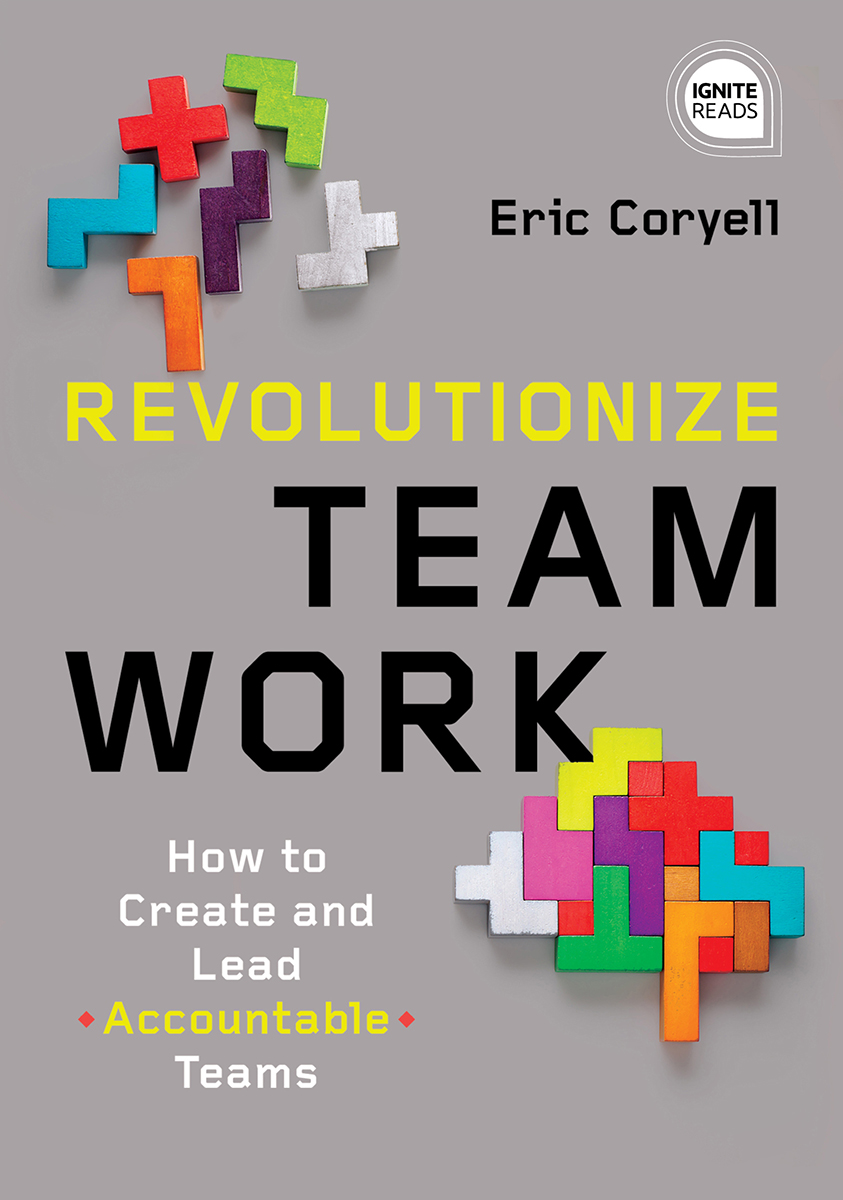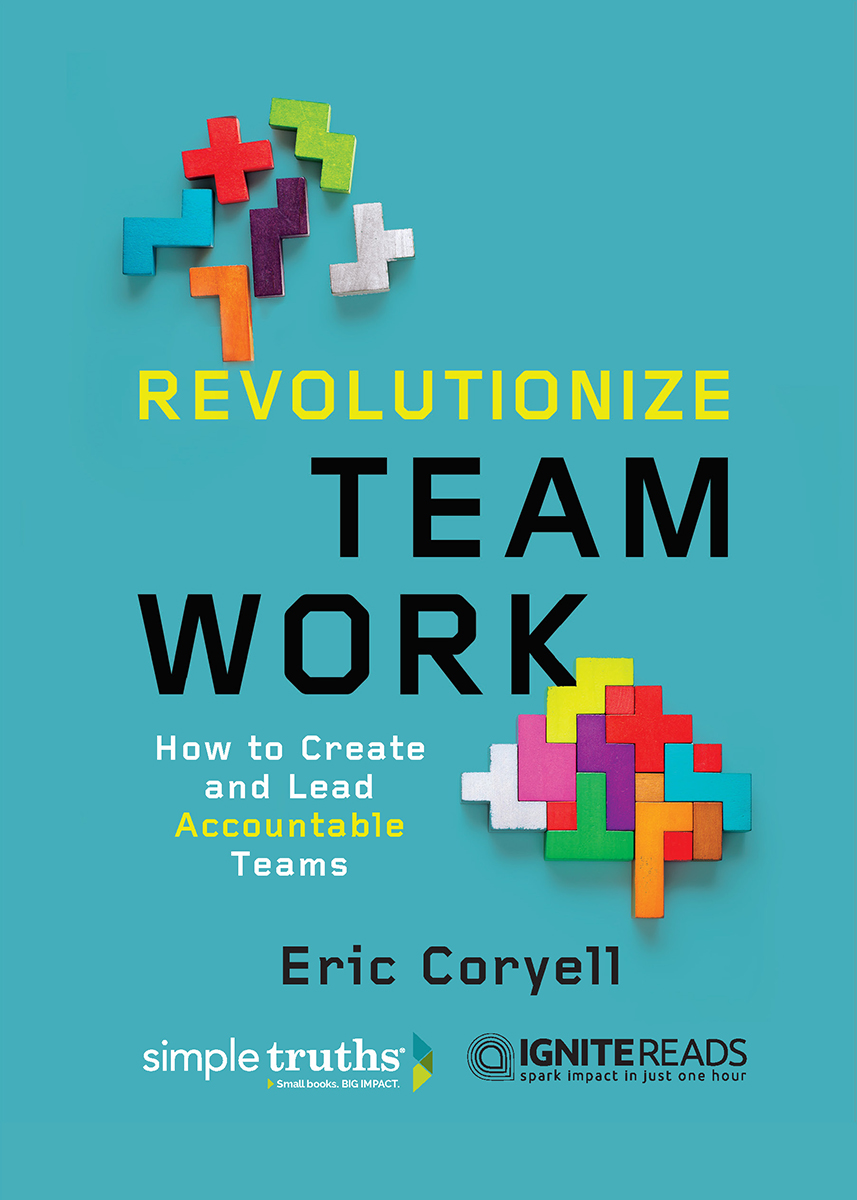Sourcebooks, the colophon, and Simple Truths are registered trademarks of Sourcebooks
All rights reserved. No part of this book may be reproduced in any form or by any electronic or mechanical means including information storage and retrieval systemsexcept in the case of brief quotations embodied in critical articles or reviewswithout permission in writing from its publisher, Sourcebooks
This publication is designed to provide accurate and authoritative information in regard to the subject matter covered. It is sold with the understanding that the publisher is not engaged in rendering legal, accounting, or other professional service. If legal advice or other expert assistance is required, the services of a competent professional person should be sought. From a Declaration of Principles Jointly Adopted by a Committee of the American Bar Association and a Committee of Publishers and Associations.
All brand names and product names used in this book are trademarks, registered trademarks, or trade names of their respective holders. Sourcebooks is not associated with any product or vendor in this book.
P.O. Box 4410, Naperville, Illinois 60567-4410
This is dedicated to all the people who go to work every day, trying to make their teams and the world a better place. Keep fighting the good fight.
Introduction
As an organizational coach, I am often approached by people seeking advice as to how to get their teams to function better. When I ask them what function better means to them, I get a variety of answers, such as I wish they would think for themselves and not always be looking to me for the answers, or If they would only stop throwing each other under the bus, or I want them to be more accountable, or I wish they would say what they really feel and not be so afraid of conflict. Concurrently, I am approached by team members looking for advice on what do to when they have that boss. The list of issues here is equally diverse. They are too dictatorial, or They are too soft and wont hold people accountable, or the opposite, I wish they would stop micromanaging everything. After having been a part of, led, and worked with countless teams of all sizes in all sorts of industries, I have come to one definitive conclusion: despite the good intent of good people, most teams are dysfunctional.
Everyone wants to be part of a functional team, whether that team is a work team, a sports team, or even a family. Teams have been studied, researched, and written about for decades, but no silver bullet has been discovered. Some books focus on the science of a team, while others focus on the human element. Others have examined a high-performing team in one environment, dissected its key attributes, and then applied those attributes to teams in other environments. These approaches have all served to advance our understanding of teams and how to improve their effectiveness. But despite all that we now know about teams, the nonfunctional teams still far outnumber the functional ones. And as rare as functional teams are, truly accountable teams are rarer still.
This book is written for those people who are struggling to get the team they are leading or the team they
are a part of on track. The journey to becoming an accountable team requires taking a road less traveled. Getting there requires thought and behavior that fly in the face of conventional wisdom. In the following chapters, some of what you will read may make you feel a little uncomfortable. You may not agree with some of it. I would like to encourage you, however, to read with an open mind and be willing to challenge some of your current beliefs about teams. Understand that what I am going to talk about is a journey. It takes time. It takes work. And it takes courage. My goal is to share what I have learned that will help you on your own journey. I want to share some of the insight and the tools that I have discovered through the years in the hope that they will make it easier for you to create and lead an accountable team.
1.
Organizational Structure, Teams, and Accountability
Pretend for a moment that you own a company and everybody there reports directly to you. What would you like about that? Almost every answer I hear can be summarized in one word: control. Most people like having and being in control. But there is a downside to control: responsibility. While there are lots of positive emotions around the notion of being in control, the responsibility that comes with it can be exhausting. Imagine now that your company grows, and it becomes increasingly difficult for you to maintain control and shoulder all that responsibility. Departments get added. Layers start to build. Control and responsibility become dispersed throughout the organization. Next thing you know, your organizational chart ends up looking something like what you see in Figure 1.
Figure 1: Business Organizational Chart

This structure is typical of almost all businesses. Yet it wasnt conceived by a businessperson. It was developed by the Roman military. This model wasnt adopted by businesses until the early 1900s as companies started to grow in size, and it has been the norm ever since.
Figure 2: Military Organizational Chart

From a military perspective, this structure can be broken into four levels. From top to bottom, you have generals, officers, soldiers, and below that, the enemy. The generals primary role is to do the thinking. They are responsible for creating the vision and the strategy. The officers primary role is to do the telling. They are responsible for taking the vision and the strategy from the generals, translating it into actionable steps, and then communicating those to the soldiers. But their job does not end there. Once they tell the soldiers what to do, the officers have to verify that the soldiers actually did what they were supposed to. In other words, they have to hold the soldiers accountable. The soldiers primary purpose is to do what they are told. This structure works because it enables the generals and the officers to ensure that the things they want done get doneand when they dont, they can step in and take control until the desired results are achieved. I call this structure the Hold Accountable Model .
The Hold Accountable Myth
One of the first things I was told when I became a supervisor was that it was my job to hold my direct reports accountable. It sounded simple enough. And yet it wasnt. I tried many different strategies to get them to do what I thought was necessary, and while some of them seemed to work some of the time, none of them worked all the time. I began to realize it wasnt that simple. I now believe that it isnt even possible.
Lets start with what it means to be accountable. In the simplest terms, accountability is doing what is expected of you or doing what you said you were going to do within a stated time frame. If you meet the expectations set before you, you are being accountable to those expectations.


